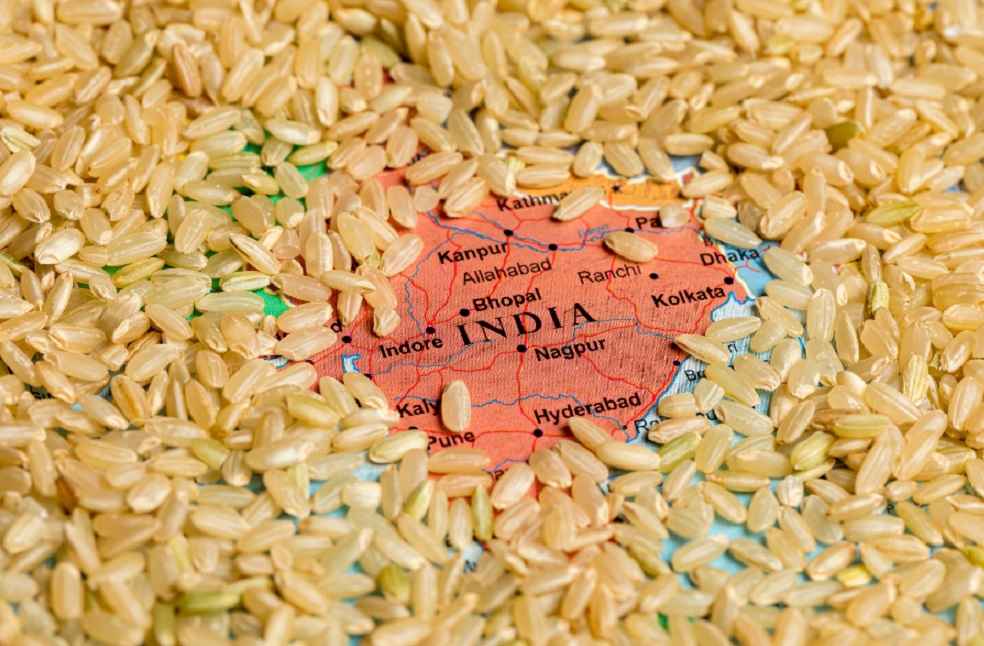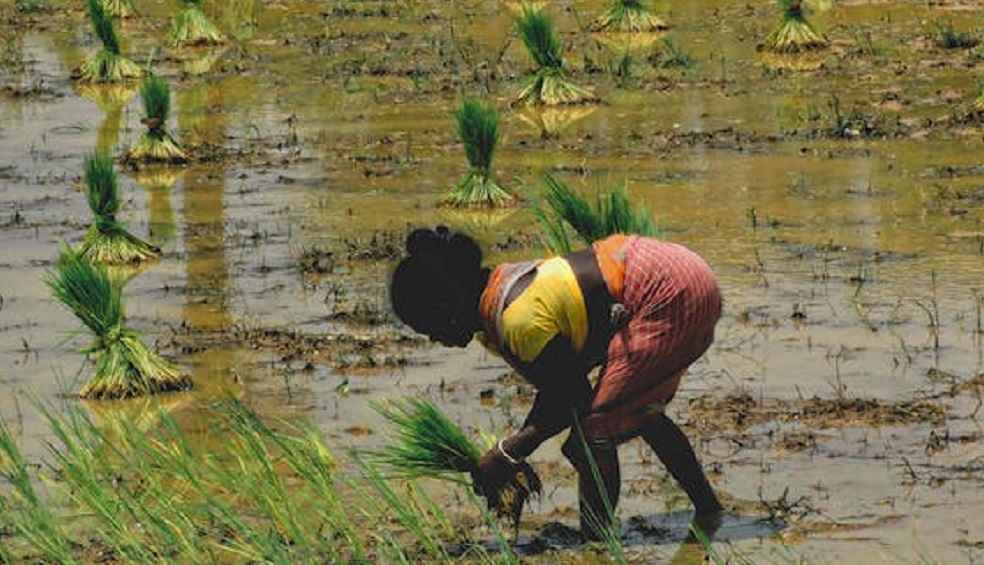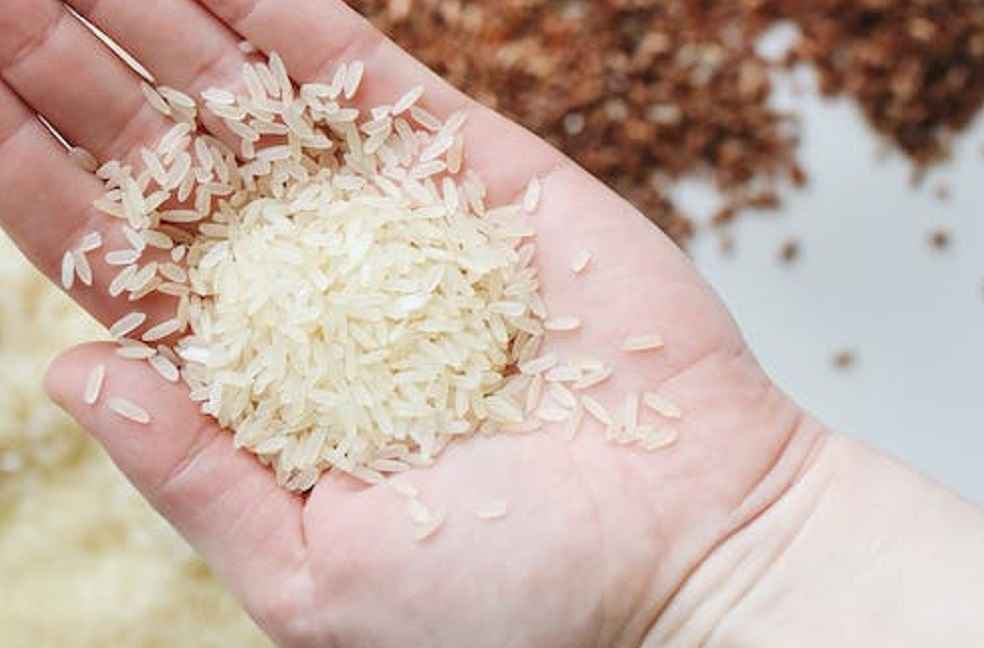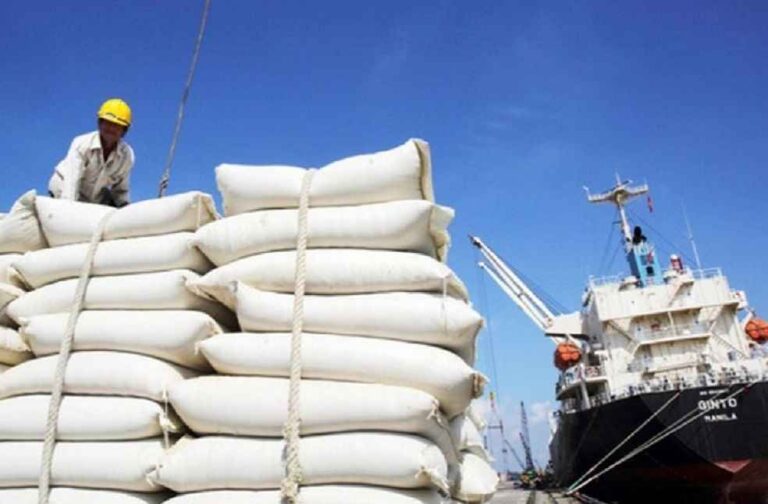A ripple effect through global rice markets, the Indian government has offered a lifeline to traders with non-basmati rice consignments that found themselves trapped at ports due to the unexpected export ban imposed last month.
Last month’s ban, designed to counter the rocketing domestic prices of this essential grain, left numerous shipments, amounting to thousands of tonnes, stranded. This move echoed the Centre’s prior restrictions on broken rice exports.
Per the Directorate General of Foreign Trade (DGFT) under the Ministry of Commerce and Industry, eligibility for export extends only to those traders securing customs clearance, completing consignment handovers, and procuring receipts for export duty payments by 9:57 p.m. on July 20.

Following this announcement, rice export giants like KRBL, Kohinoor Foods, and LT Foods witnessed a positive surge in their stocks.
Excessive rainfall during the monsoon season damaged India’s kharif crops, particularly paddy, prompting retail prices to spike nearly three percent within a month.
Before this export obstacle, non-basmati rice varieties faced a 20% export tax. This restriction caused a surge in already soaring global rice prices.

With India responsible for close to 40% of the total global rice trade volume, the non-basmati segment remains a dominant force in the country’s export dynamics.
Post the non-basmati prohibition, the Centre implemented further domestic price controls, taxing parboiled rice exports at 20% and establishing a baseline sale price for international transactions of the prized basmati rice.
For context, 2022 saw non-basmati and broken rice variants constitute a significant 10 million tonnes of India’s total 22 million tonne rice export.

This unfolding scenario underscores the nuanced balance between domestic priorities and global trade pressures, placing India at the forefront of rice commerce dynamics.
IMEX SECTOR | India’s Tech Import Limits on U.S. Amid Trade Boom



